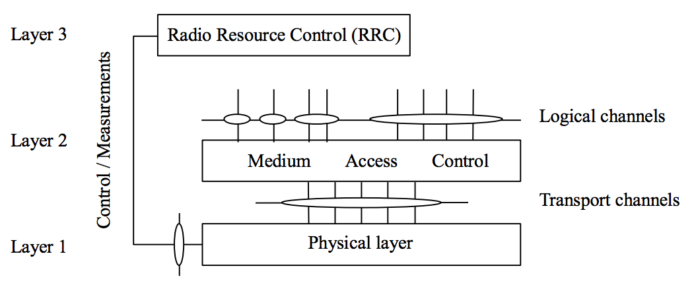Since establishing the Verizon 5G Technical Forum in 2015, the U.S. carrier continues to drive broad support from the telecom vendor ecosystem around its approach to informing the in-the-works 5G specification toward the goal of accelerating 5G-related trial activities and rapid commercialization.
Launched with partners Cisco, Ericsson, Intel Corp., LG Electronics, Nokia, Qualcomm Technologies Inc. and Samsung Electronics, the spec, among other aspects, covers the radio interface between user equipment and the network, including the physical layer, media access control and radio resource control
The radio interface described in this specification covers the interface between the User Equipment (UE) and the network. The radio interface is composed of the Layer 1, 2 and 3. The TS V5G.200 series describes the Layer 1 (Physical Layer) specifications. Layers 2 and 3 are described in the TS V5G.300
At the recent Cisco Live event, ZDNet reports that Chris Painter, Verizon senior solutions architect, hit on the need for cooperation among vendors to push interoperability. Speaking about a 5G trial network deployed in Ann Arbor, Mich., Painter is quotes as saying, “Cisco’s very beneficial solution, where you can assist the virtualization for the pack core being able to interoperate with our 5G vendor at the other end of the solution, that interoperability…is very key. It’s going to be a multi-vendor solution, so we need to have that interoperability.”
Verizon plans to test fixed wireless 5G in 11 U.S. markets over the course of the year; the idea is to prove the technology in a variety of geographical settings and with varying vendor support. In the Ann Arbor trial, Samsung provided its virtual radio access network solution and pre-5G, which has yet to be standardized by 3GPP, base station and home router equipment. Cisco provided a virtual packet core. The companies worked together on interoperability testing focused on connections between the core and radio networks, and user devices.
Test and measurement firm Rohde & Schwarz is also supporting the Verizon 5G Technical Forum specification with waveform files related to signal generation and analysis. “We integrated another software option into our signal generator…as well as into our signal spectrum analyzer…to flexibly configure a Verizon 5G signal,” which is transmitted using 28 GHz spectrum, Rohde & Schwarz Technology Manager Andreas Roessler explained in a new video presentation.
Verizon’s spec has been brought into Rohde’s product portfolio allowing users to access frame configuration including carrier aggregation, beamforming reference signal, antenna port mapping and other functionality. “You basically can define a user, apply the channel coding…and the Verizon 5G specification. And then you go into the different subframes, 50 total, to configure each individually. A lot of flexibility in here to measure.”

